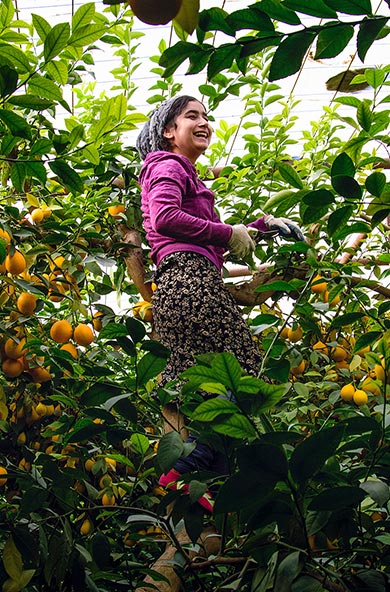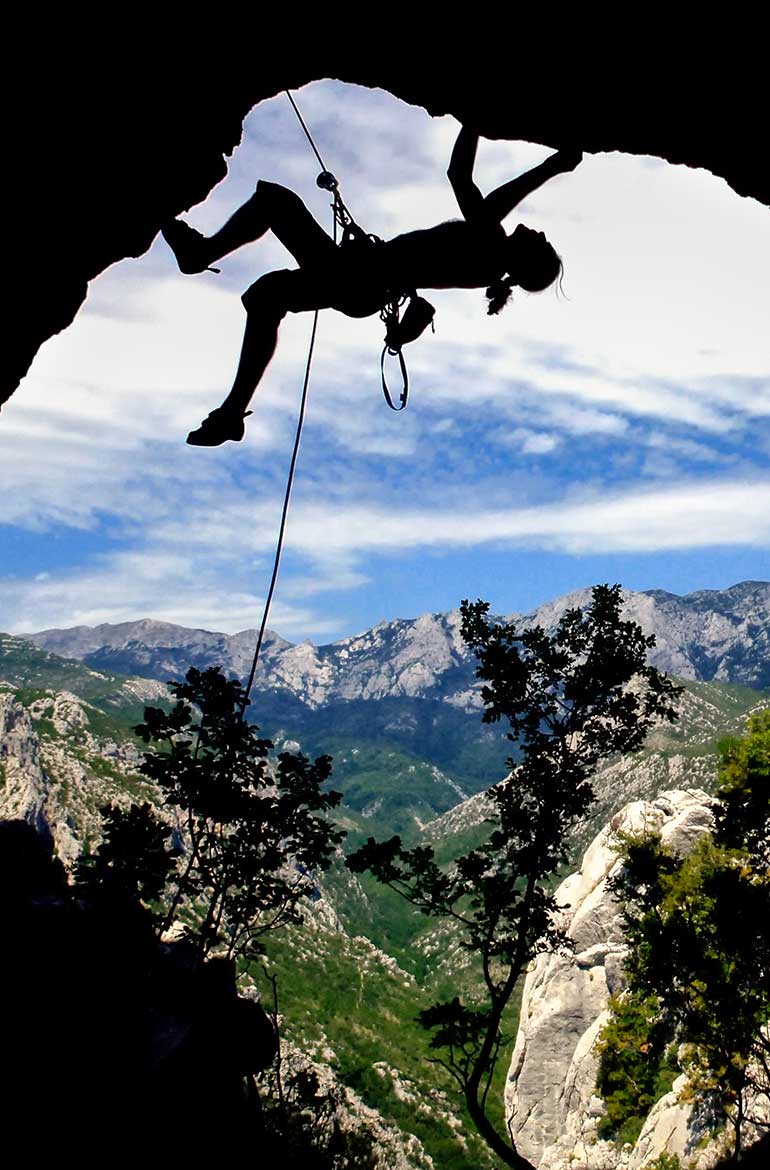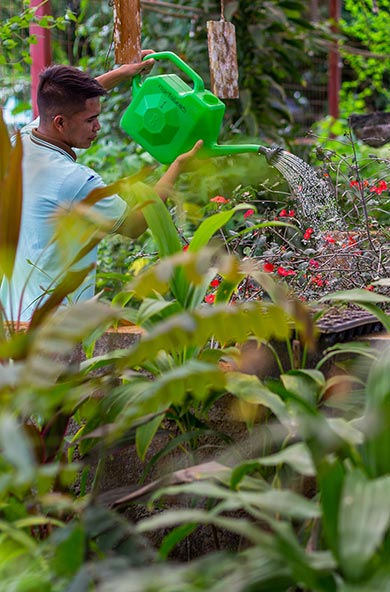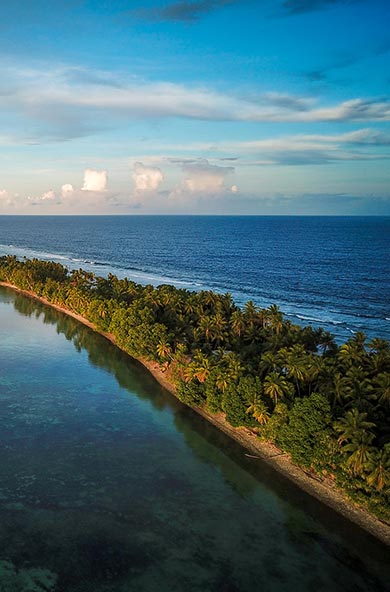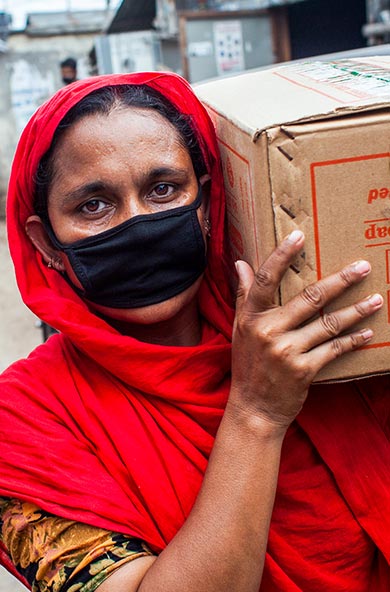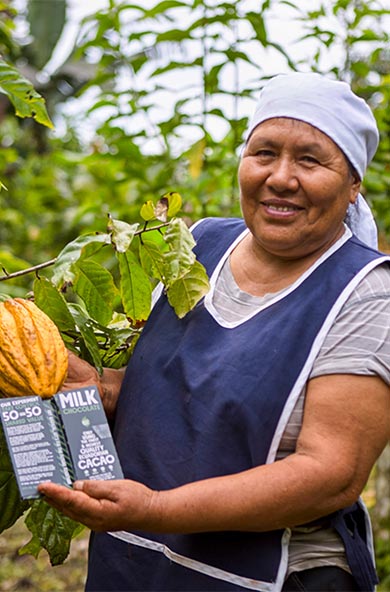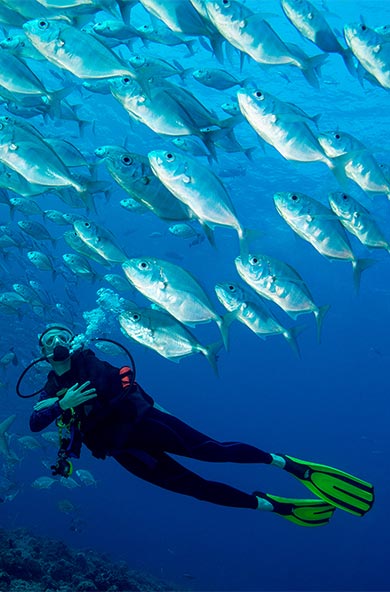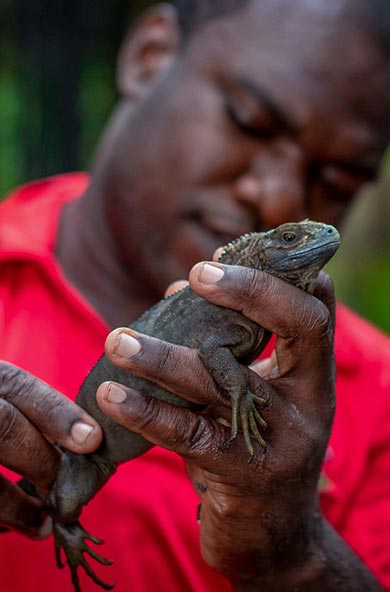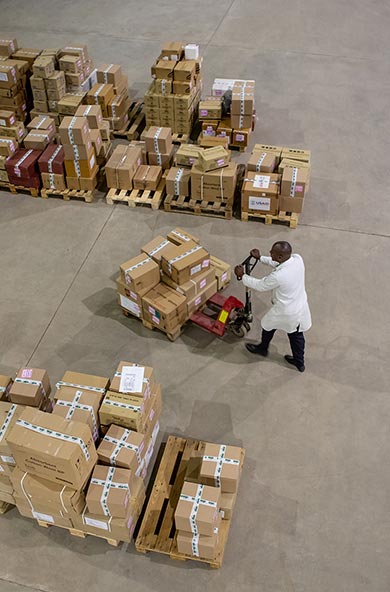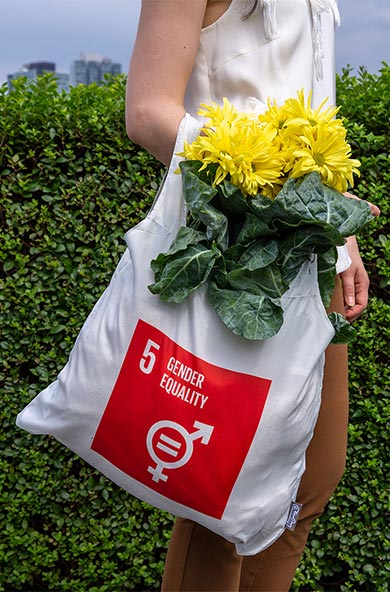On this World Water Day 2021, the theme ‘valuing water’ specifically recognizes the crucial role of healthy ecosystems in maintaining water supplies around the world. Amid a water, nature and climate crisis, the reciprocal relationship between water and ecosystems is a concept we must more fully embrace—and fund.
Water security is “alarmingly off track”
Never before has the call for water security—or the call to protect the natural ecosystems that help underpin it—been so urgent. The 2020 SDG 6 Global Acceleration Framework found progress on SDG 6 water goals is “alarmingly off track.” Today, 2.2 billion people—about one-fourth of the global population—still lack access to safe water, global water demand is projected to increase by 55 percent by 2050, a 40-percent water deficit is projected by 2030, and water-related losses could reduce GDP by as much as 6 percent in some regions by 2050.
Natural ecosystems: At the heart of the water solution, but in peril
Forests, wetlands, grasslands, and mangroves provide valuable ecosystem services for water. They naturally protect and filter source water, regulate water flows over time, and protect communities from climate-intensifying water-related disasters. But these same ecosystems are under severe threat: 420 million hectares of forest have been deforested globally since 1990, and 87 percent of wetlands have been lost since 1700.
Nature-based water solutions from the world’s Indigenous peoples
Indigenous peoples and local communities are leading the way in implementing nature-based solutions to solve the triple water, biodiversity and climate crises. UNDP’s Equator Initiative provides inspiring examples:
· In the Ing River Basin of northern Thailand, preserving the 483 hectare Boon Rueang Wetland Forest, has safeguarded an estimated US$4 million in annual ecosystem services, including water provision for drinking and agriculture, groundwater replenishment, and flood protection. The wetland forest also serves as a powerful carbon sink, contributing to climate mitigation.
· In Indonesian Borneo, the Sungai Utik forest guardians led a 40-year campaign to protect a 10,087-hectare customary forest, which now protects water for downstream community and agricultural use. The forest simultaneously sequesters an estimated 1.31 million metric tonnes of carbon.
· In the Ecuadorian Andes, an Indigenous-led public-private partnership has conserved more than 33,000 hectares of Páramo grasslands, providing approximately 600,000 people downstream with naturally filtered water.
Now is the time to invest
There is a compelling case for investing in nature-based solutions for water security. Although global water infrastructure investments have long favoured conventional gray infrastructure, investing in nature-based solutions provides significant returns on investment. For example:
· Protecting forests, reforesting, and improving agricultural methods upstream could improve water quality for an estimated four out of five large cities.
· Salt marshes and mangrove forests can be up to five times less expensive to protect coastal areas from flooding and erosion than engineered structures.
An urgent World Water Day call to action
To achieve water security, we must rapidly advance nature-based solutions on national and global water policy agendas, and bring local solutions to scale. To do so, we call on decisionmakers to:
· Leverage newly available spatial data to identify where best to act. UNDP and partners have pioneered a process to map Essential Life Support Areas, including for water. This process is being used in Colombia with the aim of securing water for more than 15 million people.
· Protect Indigenous land rights and take a cue from Indigenous ecological knowledge. Indigenous Peoples steward 80 percent of the remaining biodiversity on Earth, but lack formal title to much of their lands. Protecting land rights is imperative to ensure Indigenous peoples are able to continue managing nature for water – as they have for centuries.
· Mobilize finance to invest in nature-based solutions and blended gray-green approaches. An estimated US$6.7 trillion in investments will be needed to reach water-related goals by 2030. Nature remains woefully underfunded, representing just 1 percent to 5 percent of water resource investments. Blended finance, green bonds and payment-for-ecosystem-services schemes provide opportunities to overcome this finance barrier.
· Engage the private sector. Water insecurity and related nature loss pose major threats to businesses, particularly those with significant agricultural supply chains. Yet there is a gap in understanding of how the private sector can act. We must engage corporate leaders in investing in nature as part of their water sustainability plans.
An inflection point for investing in nature
As we envision post-COVID recovery investments and the post-2020 global biodiversity framework, we must prioritize investing in nature. Water sits at the nexus of agriculture, food security, human health, economic development, climate stability, and peace. Nature-based solutions for water can powerfully deliver on several multilateral frameworks, including a range of targets in the 2030 Agenda for Sustainable Development, the UN Climate Change Convention and the Sendai Framework for Disaster Risk Reduction.
On this World Water Day, we are again reminded that “all water is generated by ecosystems.” Let us forge a new path with nature to ensure water security for all.

 Locations
Locations